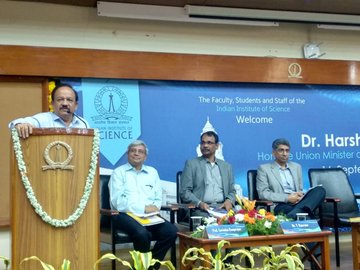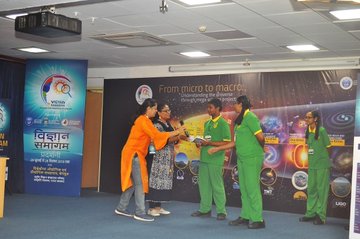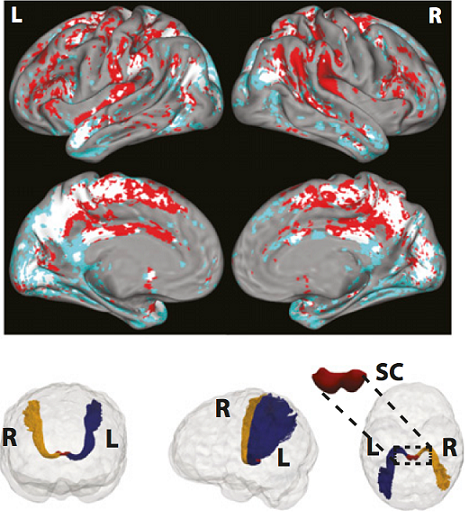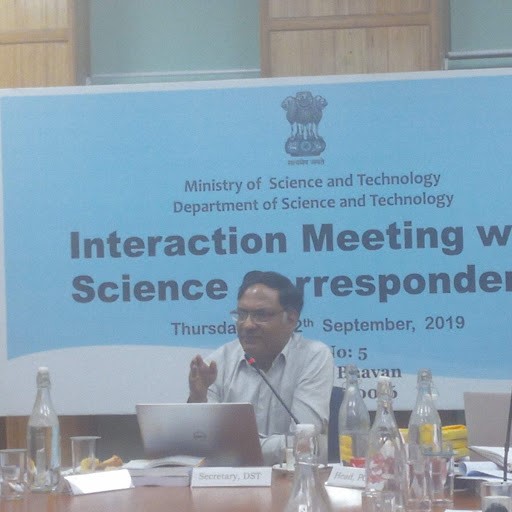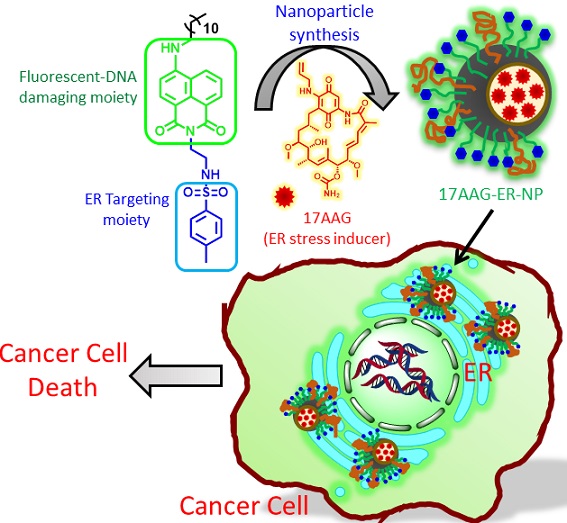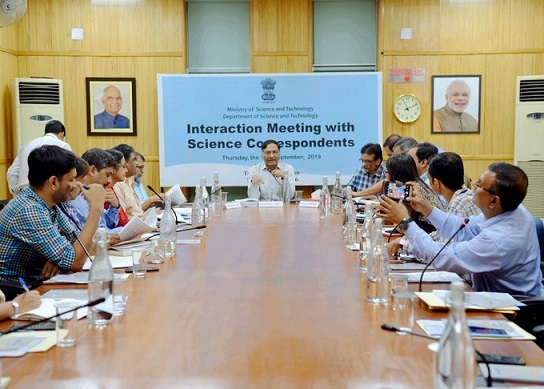Telemedicine, which involves consultation of patients by doctors remotely, is being used in many parts of the country. A new study has shown that it can be used for treatment of HIV patients as well. Anti-Retroviral treatment of HIV affected children through telemedicine is better than conventional method in terms of average cost, treatment compliance, follow up visit and number of patients treated.
The Pediatric Centre for Excellence for HIV care at Sion Hospital, Mumbai with the collaboration of UNICEF and National Health Mission established the Pediatric HIV Telemedicine Initiative in 2013. Some of the centres providing anti-retroviral therapy (ART) treatment were connected to the Mumbai centre through video links. This enabled expert opinion and services, nutritional counselling, care and treatment adherence motivation to HIV infected children and adolescents easily.
For mid-term evaluation of the initiative, researchers selected three out of 35 telemedicine-based ART centres functioning in Maharashtra, and another three that were not linked with Mumbai via telemedicine link.
At the end of the two-year study period, the team reported that the per-visit cost in telemedicine linked centre was about Rs 1803, while it was Rs 3412 for conventional centres.
The most critical part of ART treatment is timeliness of visit. Usually patients are required to revisit ART centres within 32 days of their first visit for subsequent checkup and prescriptions. The study showed that that the timeliness of visit was better in the telemedicine-based treatment.
" As it is done on a regular basis, it gives an opportunity to discuss the clinical significance of cases in depth. This has a large scope to improve access to advanced care for the rural population with less cost "
Overall, the success of ART centres can be computed based on the decrease in the loss to follow-up. Any person failing to access the ART services for three consecutive months after the first visit are accounted as loss to follow-up. There was 5% decrease in the loss to follow-up cases in the telemedicine linked centres.
“In remote areas, doctors in ART centres are getting exposed to expert advice through telemedicine initiative. As it is done on a regular basis, it gives an opportunity to discuss the clinical significance of cases in depth. This has a large scope to improve access to advanced care for the rural population with less cost,” pointed out Dr Sarit Kumar Rout, a member of the research team, while speaking to India Science Wire.
He said “our findings will help policymakers to scale up these initiatives as it reduces the cost per visit. As a proof of concept, telemedicine linkage leads to improves compliance and reduces loss to follow up.”
There are other cost studies undertaken in Indian condition but they did not provide a complete picture due to certain lacunae. For instance, a study in 2009 reported that average cost per patients for ART services was Rs 1287. It computed the cost of ART services without accounting for capital cost. Thus the findings of the new study provide evidence needed for the expansion of telemedicine services in India, researchers said.
The research team included Yashwant R. Gabhale, Mamatha M. Lala, Mamta V. Manglani (LTM Medical College and General Hospital, Mumbai); Ambarish Dutta (Indian Institute of Public Health, Odisha); Sudha Balakrishnan (UNICEF India); Maninder Singh Setia (Karanam Consultancy, Mumbai) and Khanindra Bhuyan (UNICEF state office, Maharashtra). The findings of the study have been published in the PlosOne journal.
India Science Wire


